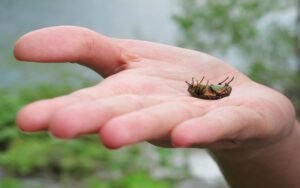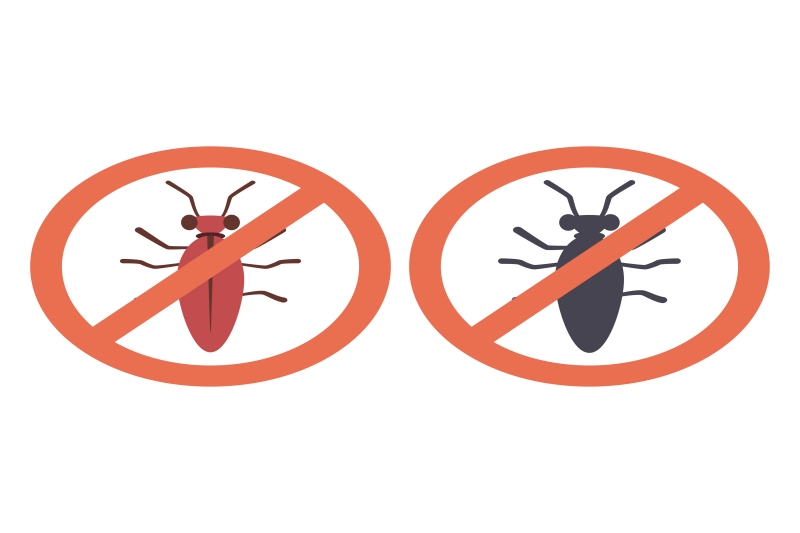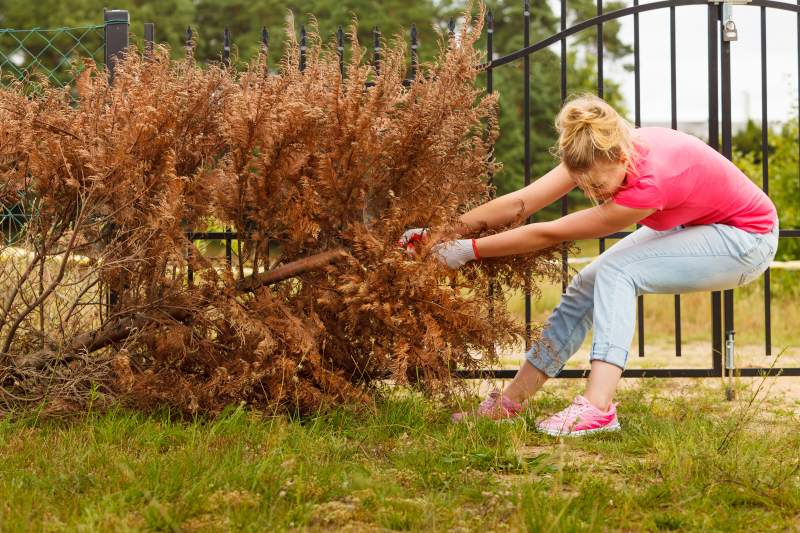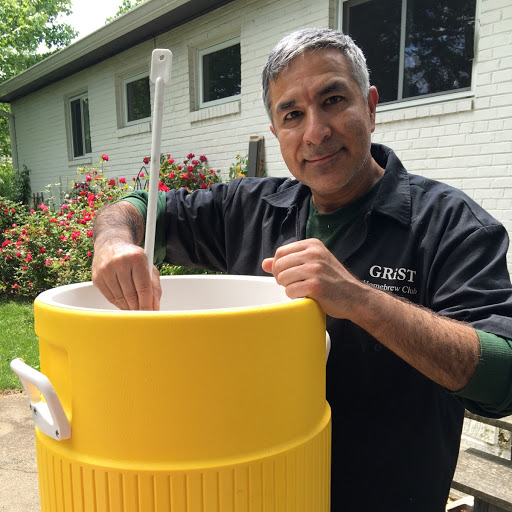Emerald Ash Borer Protection Program

Environmentally Safe & Effective
Emerald Ash Borer Protection Program uses advanced, targeted treatments to eliminate Emerald Ash Borers already impacting your tree while creating a protective barrier to prevent future infestations. Safeguard your ash trees with proven, effective solutions.
A single treatment delivers effective protection for up to two years. Applied via soil injection or trunk injection, based on the specific needs and location of your tree. Designed to be safe for your tree, family, pets, and the surrounding environment, including nearby plants and trees.
Why Is Emerald Ash Borer Protection Important?

EAB is an invasive pest that has killed over 50 Million Ash trees in 20+ states.

Once your Ash tree is infested with Emerald Ash Borers, it has a 99% mortality rate.

Prevention is Crucial: By the time you notice the signs, the tree has likely been infested for several years.

Ash trees support over 43 different species, all of which could be negatively impacted if your ash tree dies.
Emerald Ash Borer Signs & Symptoms
- Canopy dieback, beginning at the top and progressing downward.
- In later stages, ash trees may form sprouts from the trunk and roots.
- Increased woodpecker activity.
- The tree’s bark can split, exposing “S”- shaped galleries underneath.
- “D” Shaped exit holes in the tree’s bark about 1/8 inch in diameter.
Program Pricing
Pricing depends on the volume of trees/shrubs, type of application needed, and how big your Ash trees are. Schedule a consultation with a certified arborist to find out which Emerald Ash Borer Protection Program is right for you.
Emerald Ash Borer FAQs
First, determine if your tree is an Ash tree. Once you know your tree is an Ash tree look for the common signs and symptoms of Emerald Ash Borers, such as canopy thinning or D-shaped exit holes.
No, once infested ash trees will die if not treated.
No, there are many different types of borers that range in severity and each treatment is unique to the type of borer. Emerald Ash Borers are highly invasive and kill trees rapidly. In order to prevent them, specific treatment is needed. Like any treatment, its effectiveness naturally fades over time. To maintain the best results, we recommend refreshing it about once a year.
Treatment is typically better than removal for a couple reasons.
First, it is the cheaper option. It is 4 times more expensive to remove a tree than to treat it, and 10 times more expensive to remove and replace the tree.
Secondly, ash trees are home to 43 different species which will be adversely affected if you remove your ash trees.
Lastly, mature trees add to home values. Removing your ash trees will decrease the value of your property.
Please Note: Not all ash trees are good candidates for treatment. As a common rule of thumb, if 30% or more of the tree’s canopy has declined or died back, the tree can not be saved by treatment and should be removed as soon as possible. An Emerald Ash Borer infestation weakens the structure of Ash trees which makes them more likely to fall and cause property damage. These trees should be taken down by experienced professionals using specialized techniques, other than climbing and tying into trees.
Protect Your Trees From Emerald Ash Borers Now!
Reviews From Our Clients

4.9 of 5 based on 245 reviews












